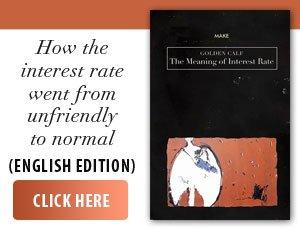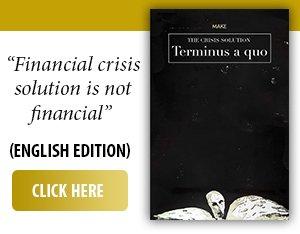The development of the world economy depends increasingly on rare metals and earths, without which the energy transition, digitalization and cutting-edge industry cannot exist, a dependence that risks triggering massive shortages, geopolitical crises and irreversible damage to the environment, according to an article that appeared at the end of last week in the French publication Techniques de l'ingenieur (www.techniques-ingenieur.fr).
The cited source shows that Europe, but also the rest of the world, is accelerating electrification in the name of decarbonization policy, which means an explosion in demand for hard-to-reach resources, concentrated in the hands of a small number of states, dominated primarily by China. According to the Bureau of Geological and Mining Research, the consumption of rare earths will increase by about 8% annually in the coming years, driven by the growing production of wind and photovoltaic energy and the growth of the electric and hybrid car fleet.
At the same time, the International Energy Agency warns that by 2030, current and ongoing mining projects will be able to cover only 80% of the global need for copper, in a context in which an electric vehicle needs four times more copper than a classic one.
This reality has direct and dramatic implications, says Jean-Pierre Schaeken Willemaers, the author of the cited article. Wind turbines cannot be built without neodymium-based magnets, solar panels need gallium and silicon, and batteries, both for electric cars and energy storage, critically depend on cobalt, copper and high-purity aluminum, elements also essential for military applications and technologies based on artificial intelligence.
Germanium, crucial for fiber optics and high-speed data transmission, is seeing a surge in demand, estimated to increase by 60% by 2034, and is vital for high-performance networks and artificial intelligence. Meanwhile, gallium oxide, five times more conductive than silicon, is being seen as a possible substitute in semiconductors, but this resource is also dominated by China, which produces 93% of the world's oxide and controls over 60% of rare earth mining.
This dominant position gives Beijing a huge economic and political weapon, according to the cited source, which also mentions that Bayun Obo district in Inner Mongolia is home to the world's largest rare earth deposit, and China produces over half of the world's germanium and almost all of its gallium reserves.
In this context, the conflict in Ukraine has shown how high the stakes are: the Americans have concluded agreements for access to its mineral resources in exchange for military support, while Russia has annexed the east of the country to appropriate two of the richest lithium deposits in Europe, as well as niobium and tantalum resources.
The problem becomes even more serious when we add the devastating impact on the environment, the cited source also shows, which mentions that the extraction of rare metals requires huge volumes of energy, water and toxic chemicals, to recover just 1% of rare earths from the ore, while generating radioactive waste. Examples from Jiangxi, China, show dramatic consequences: even after years of decontamination attempts, water sources remain compromised, and the closure of illegal mines has simply moved the problem to Myanmar and Laos, from where China now imports ore to process it domestically.
The United States, which used to send mining from the Mountain Pass mine to China, has resumed its domestic processing with the support of the Department of Defense, which has invested over $500 million since 2020 to develop its own industry. Europe is also trying to catch up, with projects in the United Kingdom, Norway, Sweden and France, where the La Rochelle site resumed refining in 2025, in parallel with a Franco-Japanese project in the Lacq region, based on raw materials obtained from production waste. However, despite these efforts, autonomy remains far away. Environmental regulations, often excessively strict, risk blocking access to resources at the very times when they are vital for economic competitiveness and maintaining energy security. In the US, there are already proposals to relax these requirements for projects considered essential for economic resilience or national security. Europe, on the other hand, remains caught between environmental imperatives and the increasingly urgent need for rare metals to support its energy transition.
The future depends on the ability of democracies to diversify their sources, to invest heavily in the exploitation and refining of their own deposits, to develop recycling and to reduce dependence on China. Without a common strategy, without courageous public policies and without compromises, accelerated electrification and digitalization risk becoming a new source of vulnerability, and the world economy will remain, for a long time to come, at the mercy of the states that own rare metals.














































